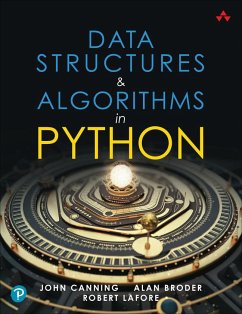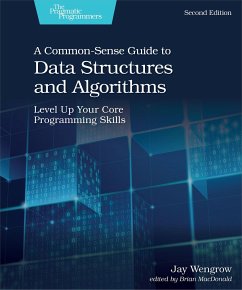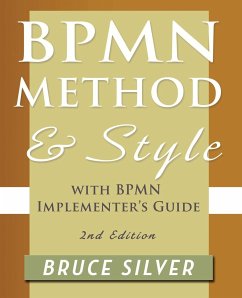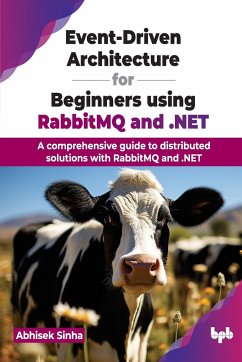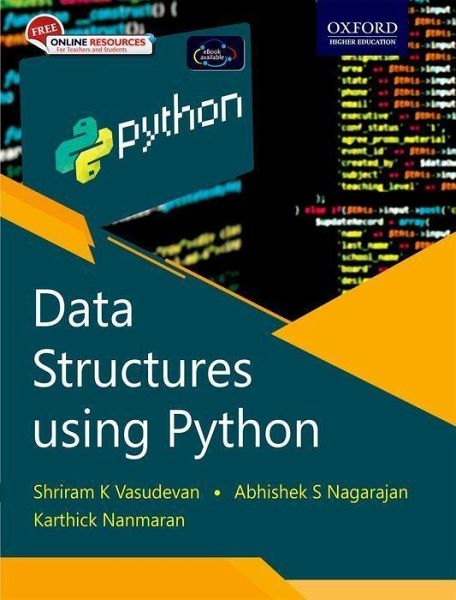
Dr Shriram K. Vasudevan (Assistant Professor, Dept. of CSE, AssistaMr Abhishek S. Nagarajan (Data Scientist, Data Scientist, 24 [7] .aiProf Karthick Nanmaran (Assistant Prof., Dept of CSE, Assistant Pro
Broschiertes Buch
Data Structures using Python
Versandkostenfrei!
Nicht lieferbar




Data Structures using Python provides an introduction to design, analysis, and implementation of data structures using the powerful programming language, Python. This book is designed for a first course on the subject. It is written for the undergraduate engineering students of Computer Science, Information Technology, and allied disciplines.
Shriram K. Vasudevan is Assistant Professor, Dept. of Computer Science& Engineering, Amrita Vishwavidyapeetham, Coimbatore. He holds a Ph.D. in Embedded Systems with over 11 years of industrial and academic experience. He has worked with major multinational companies like Wipro and Aricent Technologies before joining academics. Abhishek S. Nagarajan is a Data scientist in [24]7.ai in Bangalore. His primary job is developing and deploying data-driven machine learning models. Other than models he is also responsible for maintaining business metrics based on client requirements. He also has a basic knowledge on the retargeting and personalization projects for customer acquisition in clients. He proposed a personalization based targeting model for an event called 'ideon' and the same selected for final and has been planned for implementation in leading clients. His areas of interests are Data sciences, Data structures, Internet of Things, Augmented reality and Mas personalization. Karthick Nanmaran is Assistant Professor, Department of CSE, SRM Institute of Science and Technology, Chennai.
Produktbeschreibung
- Verlag: OUP India
- Seitenzahl: 360
- Erscheinungstermin: 12. März 2021
- Englisch
- Abmessung: 189mm x 243mm x 21mm
- Gewicht: 494g
- ISBN-13: 9780190124083
- ISBN-10: 0190124083
- Artikelnr.: 60016397
Herstellerkennzeichnung
Libri GmbH
Europaallee 1
36244 Bad Hersfeld
gpsr@libri.de
Für dieses Produkt wurde noch keine Bewertung abgegeben. Wir würden uns sehr freuen, wenn du die erste Bewertung schreibst!
Eine Bewertung schreiben
Eine Bewertung schreiben
Andere Kunden interessierten sich für



